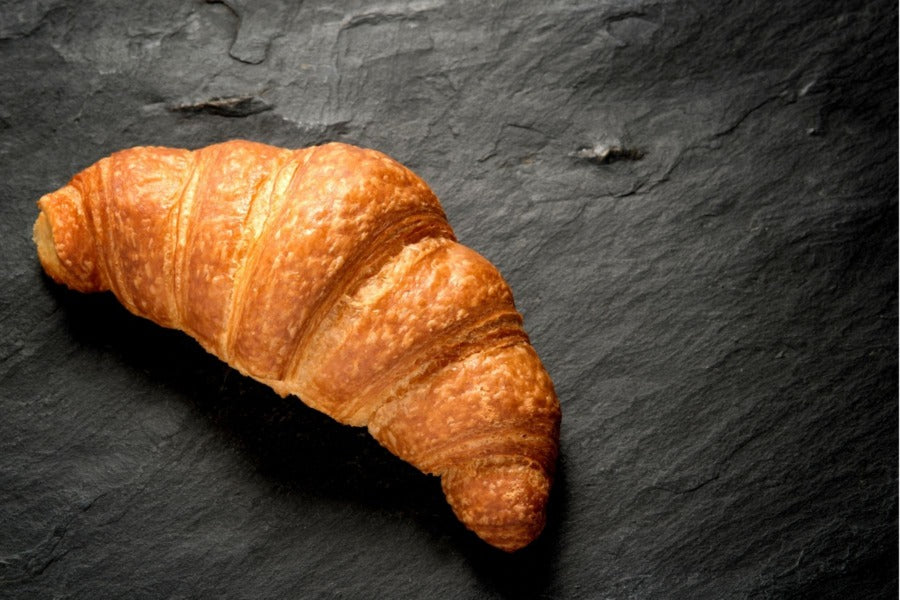Corn starch is a versatile ingredient used in multiple culinary applications, from cooking to seasoning dishes. It is particularly appreciated in gluten-free diets, as it offers a safe alternative to flours and thickeners that contain gluten.
Origin and Production
Corn starch is derived from corn kernels. The production process begins with wet milling of the kernels, during which the corn is immersed in water to facilitate the separation of the various components of the kernel, such as starch, protein and fiber. The starch is then extracted, washed and dried to produce a fine white powder. This process removes proteins and fibers, leaving almost exclusively starch.
Nutritional Characteristics
From a nutritional point of view, corn starch is mainly made up of carbohydrates, with a minimal amount of proteins and fats, and is gluten-free. It is not a significant source of vitamins or minerals. However, it is often used in small quantities as a thickener, so its total nutritional contribution to the diet is generally minimal.
Usefulness in the Gluten Free Diet
Cornstarch is particularly useful in a gluten-free diet for several reasons:
1. Gluten-Free Thickener: Works well as a thickener for sauces, soups and desserts. It is an excellent alternative to wheat flour, which contains gluten.
2. Baking Binder: Can improve the structure and texture of gluten-free baked goods, helping to create a softer, less crumbly texture.
3. Anti-caking agent: Helps prevent lumps from forming in powders and dry mixes.
Corn Starch Substitutes
If necessary, corn starch can be replaced with other gluten-free thickeners. Some alternatives include:
• Tapioca starch: Derived from cassava root, it has similar thickening properties and can be used in similar proportions to corn starch.
• Potato Starch: Another effective thickener, especially useful in recipes that call for a light, fluffy texture.
• Rice flour: Can be used as a thickener, but tends to produce a slightly different texture and may require experimentation to achieve the desired result.
• Arrowroot: A gluten-free thickener that works well at low temperatures and in acidic preparations, unlike some other starches.
When replacing cornstarch with another flour or starch, it is important to consider how the substitution will affect the texture, flavor and transparency of the final dish, as each thickener has unique properties.
In conclusion, corn starch is an extremely useful ingredient in a gluten-free diet, both for its culinary properties and for its food safety. Its versatility makes it a precious ingredient in the kitchen, especially for those who must avoid gluten.
Read also..
Croissants, brioches, croissants
Easy to get confused, isn't it? These three delicacies have one thing in common, besides their goodness: the shape! But they are very different, in terms of ingredients, processing complexity, final result and uses. Among these three, croissants are the...





Share:
20 Reasons to be Positive
Brown rice flour